A simple but effective concept – Dr Margaret Davies
Featured Products Promotional FeaturesPosted by: Dental Design 7th September 2019
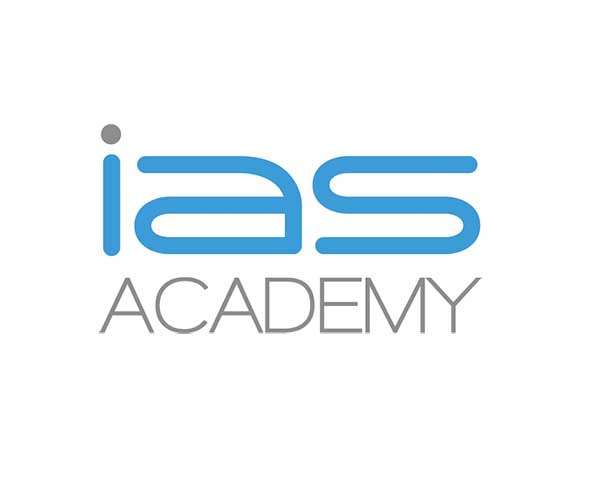
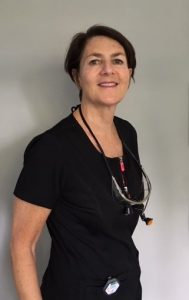
Dr Margaret Davies from Stedham Dental Practice presents a case she completed during the early stages of her journey into orthodontics.
A 69-year-old female patient presented to the practice for the first time. She was unhappy with the appearance of her anterior teeth, particularly the protruding UL3. A full medical history was taken, with no relevant findings recorded.
A comprehensive orthodontic assessment was then performed (Table 1), including periapical radiographs and a full set of clinical photographs.
Table I: Orthodontic assessment
| Skeletal Pattern | Class I | |
| Lower Face Height | Average | |
| FMPA | Average | |
| Facial Asymmetry | None | |
| Soft Tissues | Average lip line, competent lips | |
| Biotype | Thin | |
| Overjet | 1-2mm | |
| Overbite | 70% overlap of incisors | |
| Crossbite | None | |
| Displacement on closure | None | |
| Incisor relationship | Class II Division II | |
| Molar relationship | Right: Class I Left: Class I | |
| Canine relationship | Right: Class I Left: Class II ½ unit | |
| Teeth Present | 7654321 | 13567 |
| 764321 | 123467 | |
| Centrelines | Lower deviated to the right by 1mm | |
With my clinical experience I was only able to offer alignment of the upper incisors using the ClearSmile Aligner Light from IAS Academy. I explained this to the patient, discussing that the position of the UL3 would be improved, but would not be perfect without alignment of the lower teeth too. I also presented all the other treatment options available to the patient through referral, including comprehensive treatment with an orthodontist. The ideal and compromised treatment outcomes were compared (Table 2), and after careful consideration, the patient provided inform consent to proceed with the upper anterior alignment orthodontic treatment plan.
Following the ABB (Align, Bleach and Bond) concept, we planned to perform tooth whitening once alignment was complete, and then composite edge bonding to optimise the appearance of the incisors.
Table 2: Ideal vs. compromised treatment aims
| Problem List |
| Class II ½ unit upper left canine
Class II Division II incisor relationship Missing UL2 Non coincident centrelines Mild upper crowding with protruding UL3 Moderate lower crowding |
| Ideal Treatment – Aims: |
| Class I incisal relationship
Class I UL3 Coincident centrelines Align upper incisors Align lower incisors |
| Compromised Treatment – Aims: |
| Align upper incisors – particularly UL3 as much as possible
Accept everything else |
Impressions were taken for the Archwize™ 3D orthodontic planner, which estimated that 0.4mm of space would need to be created in order to achieve the desired upper alignment with the ClearSmile Aligner Light. This provided a guide for the amount of interproximal reduction (IPR) that would be required throughout treatment. With everything checked and ready to go, the IAS Laboratory was given the go ahead to fabricate the set of six aligners.
During the fit appointment, half of the total recommended IPR was performed and composite attachments placed as necessary to guide movement. The patient was instructed on how to place and remove the aligners safely, and given oral hygiene advice.
She returned to the practice when placing the third and then sixth aligners for review and further IPR as required. When fitting the final aligner, there was still a gap between the central incisors and the UL3 still needed to be moved more palatally. Another impression was therefore taken and sent to the IAS Laboratory, who created two more sets of ClearSmile Aligner Light appliances.
At this stage, the patient was supplied with Optident whitening gel to place in the aligners at night time and perform the bleaching process over a two-week period. When alignment was complete and the patient was happy to stop whitening, impressions were taken for a bonded retainer. To optimise aesthetics as planned, composite bonding was performed on the central incisors and the UL3 edge was levelled. Final impressions for an Essix retainer were taken and the importance of compliance with the retention programme was stressed to the patient.
Case review
The whitening and composite bonding really finished off the case nicely and ensured that both the patient and I were very pleased with the final outcome. The ABB concept is a simple technique, but it delivers great results in a minimally invasive way.
I have now completed the training for and offer the Inman Aligner, ClearSmile Aligner and ClearSmile Brace and am really enjoying my orthodontic experience. I have stuck with IAS Academy because I feel ‘looked after’ at every stage and get so much support from the online forum throughout every case. The mentors reply quickly and provide really helpful advice to guide you through each stage of treatment. Ultimately, this gives you confidence to proceed and also ensures you are delivering the safest and most effective care to your patients.
IMAGES
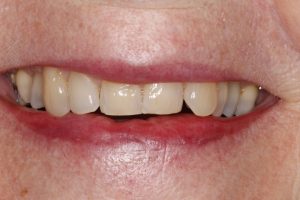
Figure 1 – Pre treatment smile
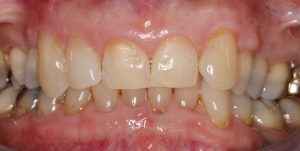
Figure 2 – Pre treatment retracted anterior
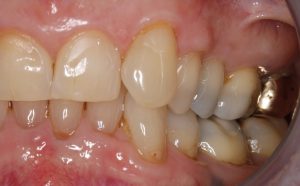
Figure 3 – Pre treatment left lateral
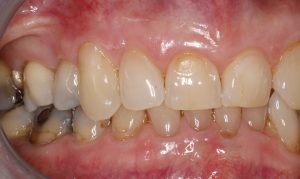
Figure 4 – Pre treatment right lateral
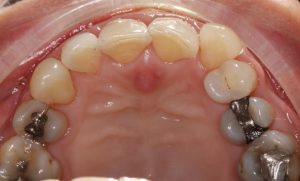
Figure 5 – Pre treatment upper occlusal
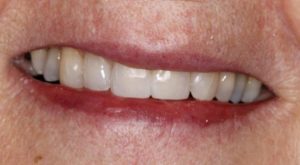
Figure 6 – Post treatment smile
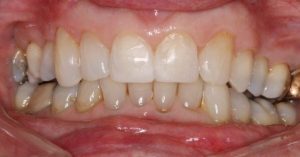
Figure 7 – Post treatment retracted anterior
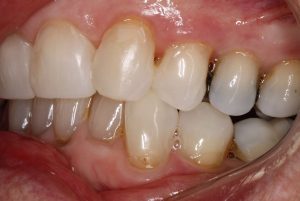
Figure 8 – Post treatment left lateral
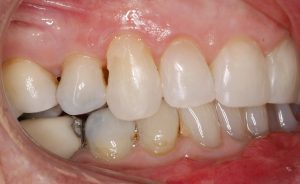
Figure 9 – Post treatment right lateral
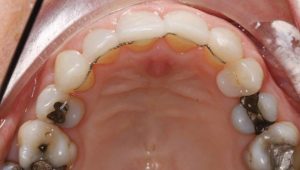
Figure 10 – Post treatment upper occlusal
For more information on upcoming IAS Academy training courses, including those for the Inman Aligner and Aligner system, please visit www.iasortho.comor call 01932 336470 (Press 1)
Author bio:
Dr Davies trained at Kings College, London University and qualified 1989. She has worked as an associate GDP at Stedham House for 16 years. She attained a Diploma in Restorative Dental Practice at the Eastman in 2015 and in the last three years has attended the IAS Academy courses for Inman Aligner, ClearSmile Aligner and, more recently, ClearSmile Brace.
No Comments
No comments yet.
Sorry, the comment form is closed at this time.



